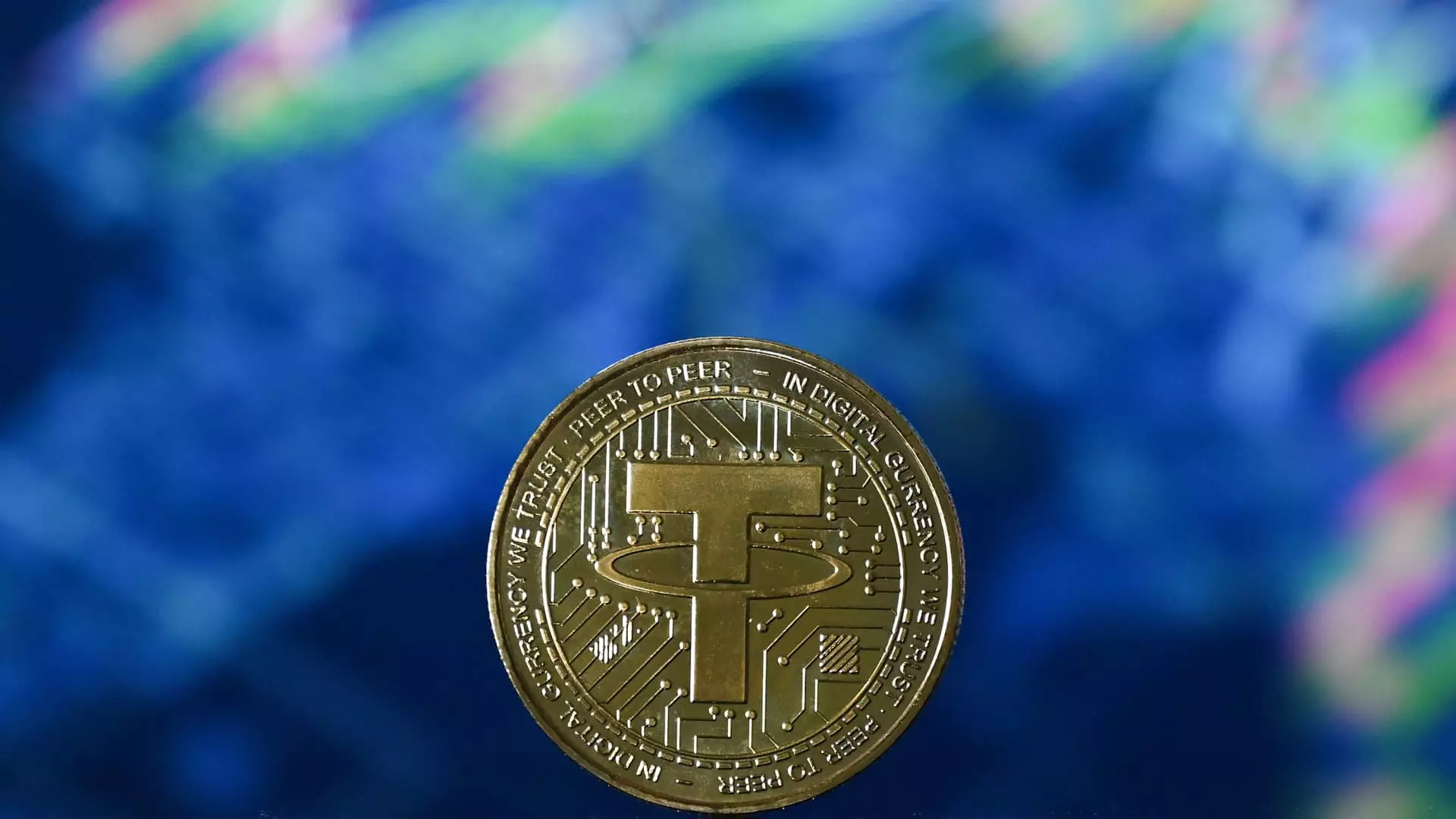In a bold move that has sent ripples through the crypto community, the Securities and Exchange Commission (SEC) has clarified its stance on certain stablecoins, declaring what it calls “covered stablecoins” are not securities. Produced under strict conditions, these digital assets are purportedly designed to maintain a stable one-to-one value with the U.S. dollar, backed by low-risk, liquid reserves. On the surface, this sounds like a sensible regulatory stance aimed at providing clarity in a wild-west landscape of cryptocurrency. However, beneath this seemingly positive development lies a plethora of complexities that may complicate the future of stablecoins and, by extension, the broader cryptocurrency ecosystem.
What Constitutes a ‘Covered Stablecoin’?
The SEC defines “covered stablecoins” as digital currencies that one can redeem for U.S. dollars at par, backed by reserves that meet a specific threshold of low-risk and liquidity. Yet, the caveat is glaring: issuers are barred from offering interest to users. This paradox raises questions about the sustainability of these coins. If stablecoins can’t provide interest income, why would users choose them over traditional savings accounts or even high-yield crypto alternatives? Coinbase CEO Brian Armstrong succinctly encapsulated this dilemma when he expressed concern over this regulatory restriction. In a rapidly evolving crypto landscape, the absence of incentives could push consumers to seek out riskier assets, ultimately destabilizing the market further.
A Double-Edged Sword: Consumer Confidence vs. Regulatory Stability
This shift in regulatory language comes at a time when optimism in the stablecoin sector is surging. With the impending prospect of Congress passing crypto legislation focusing on stablecoins, the warming regulatory climate could be seen as a positive development for institutional adoption. However, the SEC’s insistence on differentiating between covered stablecoins and yield-bearing stablecoins appears inherently punitive. By pushing yield-bearing options into the securities category, the SEC may inadvertently stifle innovation in financial products that could benefit everyday consumers. This dichotomy highlights a significant oversight: regulatory bodies are often slow to adapt to financial innovations, and at their worst, they can become a hindrance.
The Legislative Battleground
Currently, two competing legislative proposals are vying for attention: the Stablecoin Transparency and Accountability for a Better Ledger Economy Act (STABLE) and the Guiding and Establishing National Innovation for U.S. Stablecoins Act (GENIUS). While the former focuses on accountability, the latter aims to usher in national innovation for stablecoins. This duality of legislative efforts reflects the tension between regulation and innovation, with each bill carrying the potential to uplift or further complicate the stablecoin landscape. In a political ecosystem as polarized as today’s, compromises seem increasingly elusive. Thus, the outcome of these legislative discussions could either pave the way for a thriving crypto economy or cement restrictions that stifle growth.
Speaking of Growing Markets
Despite the barriers, the stablecoin segment continues to flourish. Market size has ballooned dramatically, with leading players like Tether and USD Coin dominating the scene. In a landscape where traders and even financial institutions have begun to lean on stablecoins for transactions and collateral, the stakes are higher than ever. Yet, the SEC’s tight grip on yield-bearing options raises a vital question: will innovation stagnate as companies grapple with compliance? Or might this become a catalyst for new offerings that meet both consumer demands and regulatory expectations?
Changing Dynamics in Crypto
The current dynamics in stablecoin markets serve as a microcosm of the larger cryptocurrency conversation. Stability is perhaps the most sought-after commodity amid rampant volatility; yet, just as users are becoming more interested in leveraging these assets for payments and collateral, regulatory measures could backtrack this growth. As insiders in the crypto ecosystem look to the SEC for guidance, one must ponder whether such oversight will enhance consumer protections or suffocate the very innovations that are needed to propel the sector forward.
While the SEC’s clarification may appear as a positive milestone on the surface, a deeper dive into the implications reveals a landscape riddled with uncertainty, conflicting interests, and the ever-present need for ongoing dialogue between regulators and innovators in the cryptocurrency space.


Leave a Reply